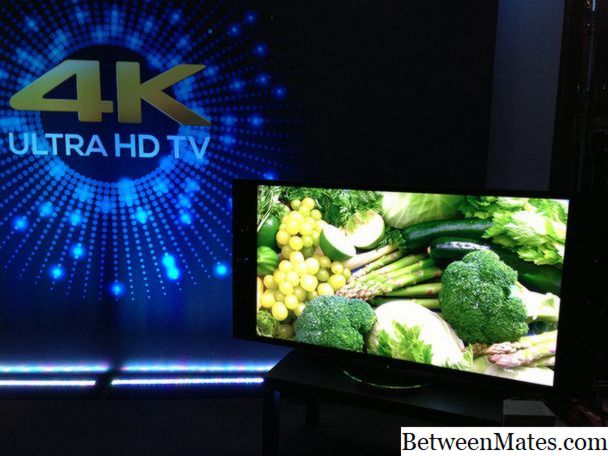What is 4k?
Comparing Full HD and 4K Ultra HD screens of the same size, the number of pixels is denser, which, coupled with the fact that 4K Ultra HD content rotates at 30 frames per minute, makes for a much smoother picture. natural. Deeper color and sharper contrasts.
Compared to Full HD, 4K resolution has four times more pixels. This also means that a much greater amount of detail can be displayed on such a screen. The image displayed in UHD resolution looks amazing, with incomparably more detail than Full HD.
If we take a closer look, Ultra HD 4K does not have 4000 or more pixels in a line, but 3840, and the same goes for Full HD which does not have more than 2000 pixels in a line, but 1920. It is because the nomenclature “the number k” takes the working formats of professionals, film distributions, studios, etc., but with the advent of Ultra HD, this term began to be used among consumers.
When we go to a movie that has a “2K” resolution, we see a movie that has 2048 pixels in 1080 lines, and in the case of “4K” projection, it is a resolution of 4096 x 2160 pixels. These resolutions are defined by the Digital Cinema Initiative, which was created in collaboration with leading movie studios.
What is UHD?
Ultra HD is a video format proposed by the Japanese public television network NHK and defined and approved by the International Telecommunications Union (ITU). On October 17, 2012, the Consumer Electronics Association (CEA) officially announced that the term “Ultra HD” will be used on all displays that have a 16 × 9 image format and at least one digital connection that can send a resolution of a minimum of 3840 × 2160 pixels.
When it comes to UHD, we first of all think of image resolution which is larger than what we know under the name of Full HD. Full HD means an image that has 1920 pixels set to 1080 lines, which we find today in all televisions from the lower middle class to the upper class. Ultra HD means twice the number of pixels and lines in its basic version, which can also be called Quad Full HD, since it has four times more pixels than a Full HD screen.
All UHD TVs that have appeared on the market from 2012 to date have a UHD resolution of 3840 pixels in 2160 lines, which in other words means that they have 4 times more pixels than Full HD TVs. Since there are two Ultra HD resolutions, 3840 x 2160 and 7680 x 4320, for easier identification, the former name is Ultra HD 4K, and the latter is Ultra HD 8K.
Difference between 4k and UHD
4k and UHD definition
4K stands for cinema standard and professional production, while UHD stands for display resolution and broadcast content standard. The term 4K comes from the Digital Cinema Initiatives (DCI) consortium that standardizes production specifications and digital projection of 4K content. In the case of screens, Ultra HD marks the resolution used by televisions, monitors, etc. UHD today includes 4k and 8k.
4k and UHD resolution.
True 4K has a resolution of 4096 x 2160 pixels, abbreviated 2160p. On the other hand, UHD is 3840 x 2160, also abbreviated 2160p. Although the image ratio of both standards is 16:9, 4K has slightly more pixels, and is used for digital production and cinema.
4k and UHD standards
In cinematography, DCI 4K is the main standard for 4k transmission. 4K UHD or UHD-1 is the dominant standard in the television industry.
4k and UHD devices.
Ultra HD is used in television monitors, real cinema “4K” is used only in projectors. 4K means something completely different when talking about cinema or home projections.
User experience at 4k and UHD.
This resolution has been used in theaters for some time, and was due to the fact that for high production movies it was very important to look good with all the visitors to the theater. The rule is that to get the best picture, one needs to sit at a distance of one and a half times the height of the screen, which is almost impossible considering the size of today’s movie screen. This problem was solved with the new standard: 4K Ultra HD resolution and the same solution was applicable in our homes. The diagonal of the televisions that we can buy is larger, but our daily living spaces do not grow, so we cannot move further away from the television. So a bigger screen is needed to tell the difference between classic UHD and 4k.
